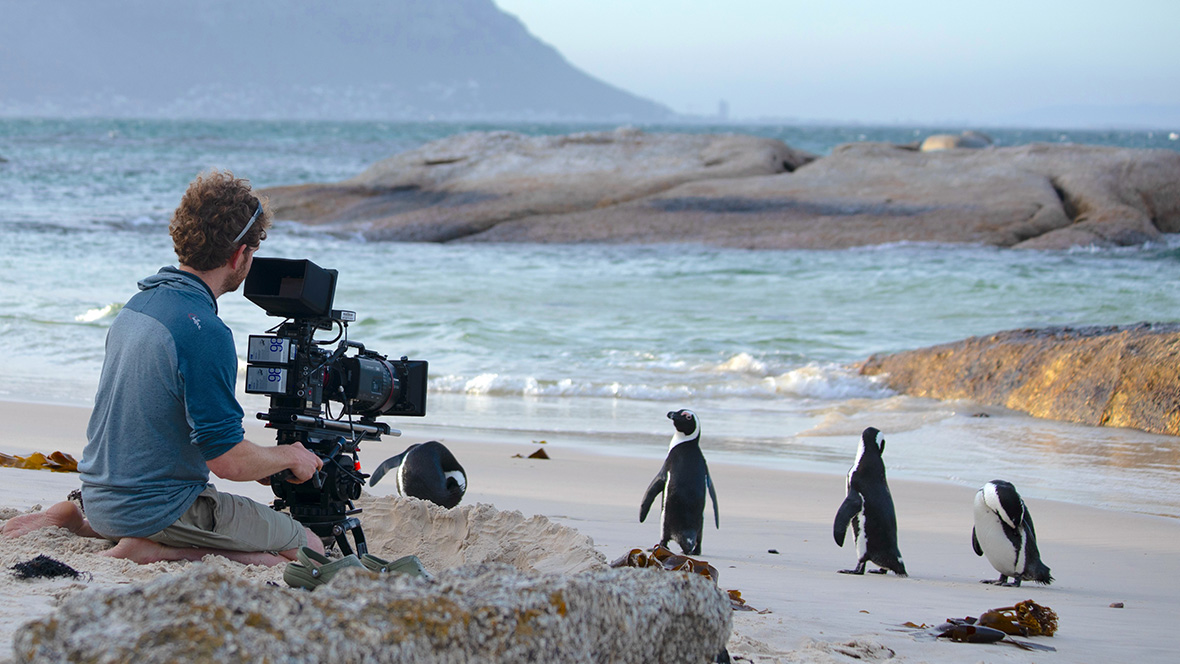By the D23 Team
It’s Earth Month, and that means that National Geographic is back with another installment of its eye-opening Secrets Of franchise. This year, Nat Geo is exposing the incredible world of penguins-from emperor penguins surviving in Antarctica to industrious Galapagos penguins living above the equator.
To capture the lives of these amazing, resilient birds, National Geographic also had to be adaptive and create new methods for filming in the hard-to-reach places where penguins live. The series was filmed over two years-and over 70 personnel were deployed across nine locations around the globe, where an incredible 14-plus different camera systems were developed and used on land, underwater, and aerially.
Due to this amazing production, the Secret of the Penguins team was able to observe previously unseen penguin behaviors and capture exclusive, world-first footage of truly jaw-dropping moments! Check out this sneak peek of what’s in store for viewers of this latest Nat Geo series:
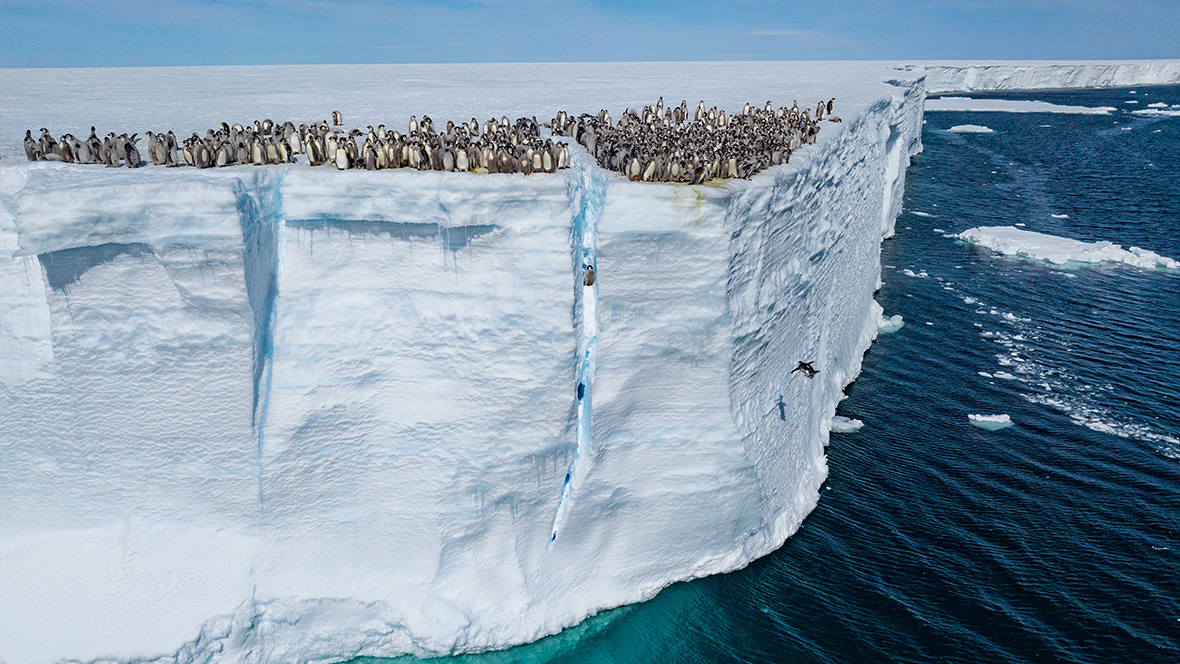
Emperor penguin chicks base-jumping off a 50-ft cliff
Emperor chicks have long been witnessed slipping into the water from the sea-ice’s edge, just several feet high. Capturing the bold leap of hundreds off a 50-ft ice-cliff was an incredible world-first moment, filmed in amazing detail.
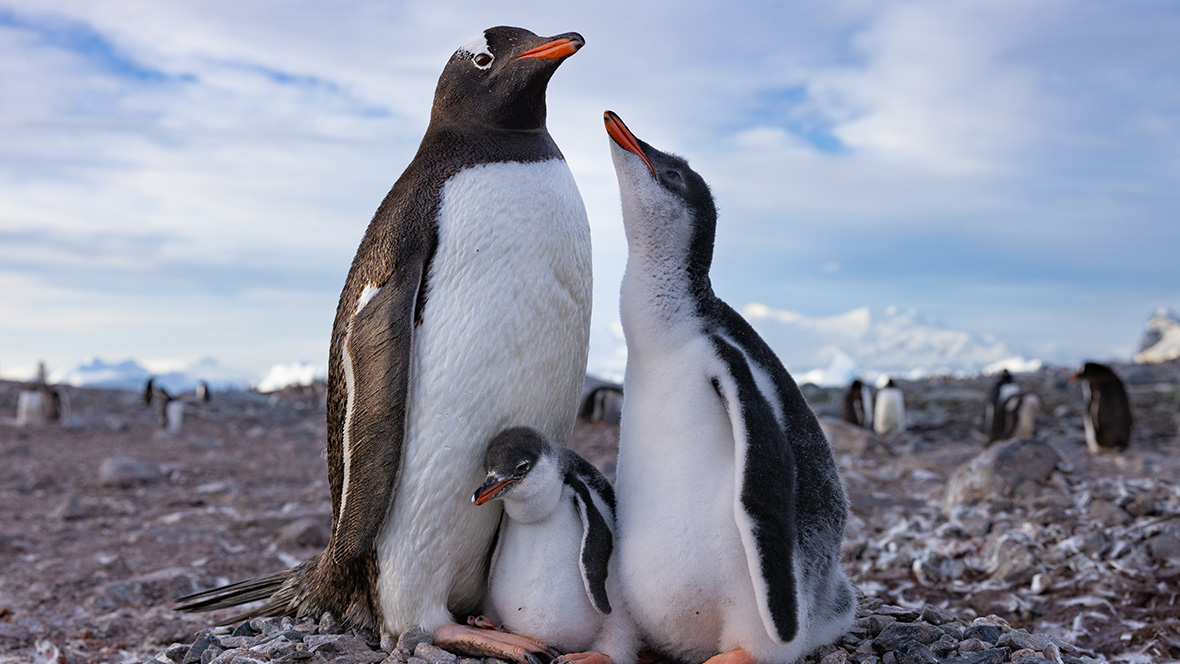
Rockaroni chicks
In the Falkland Islands, the team captured very rare, mixed-species penguin pairs in unprecedented detail. These Macaroni and Rockhopper couples were followed through courtship into parenthood. In the wild, most mixed-species pairings are doomed to infertility and failure-but these penguins seem to, fortunately, buck the trend.
The team also filmed healthy Rockaroni chicks, sometimes also called Machoppers, for the very first time. While scientists aren’t yet ready to claim this as the emergence of a new species, it is a potential sign of evolution, and an exciting genetic adaptation for future generations.
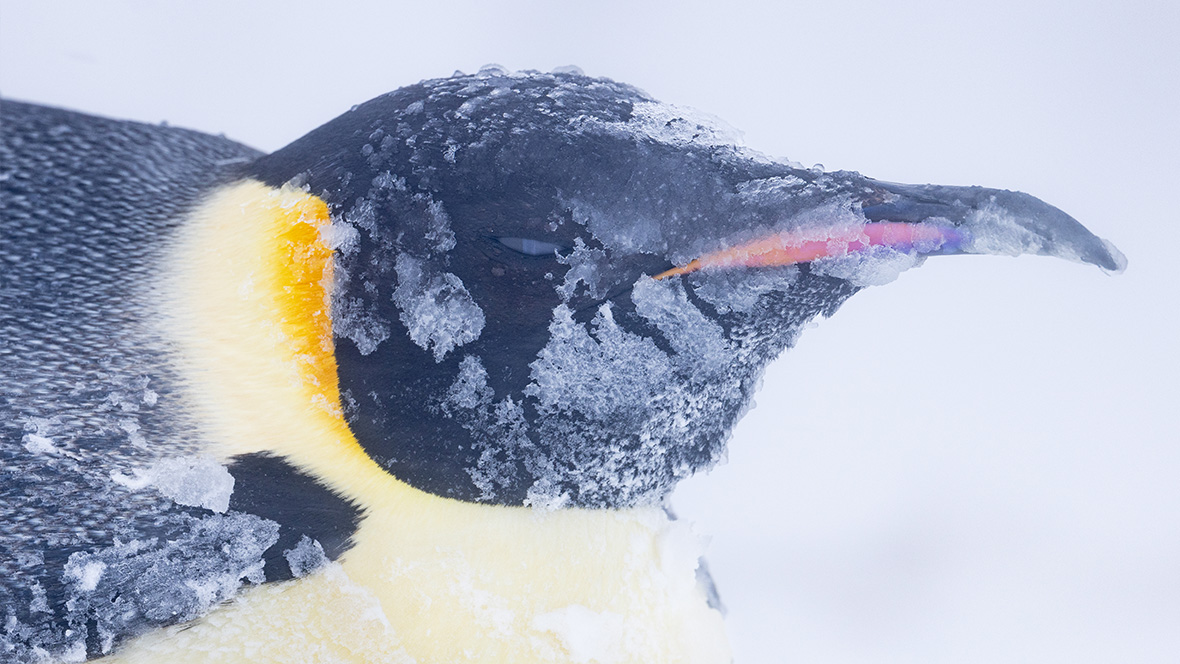
Emperor penguin parents practicing egg transfers with clumps of ice
Captured during winter, a bonded pair passed an egg-sized lump of ice between them. While it’s been recorded that other penguin species attempt to incubate false eggs, the passing of ice between emperors has never been filmed before, to Nat Geo’s knowledge.
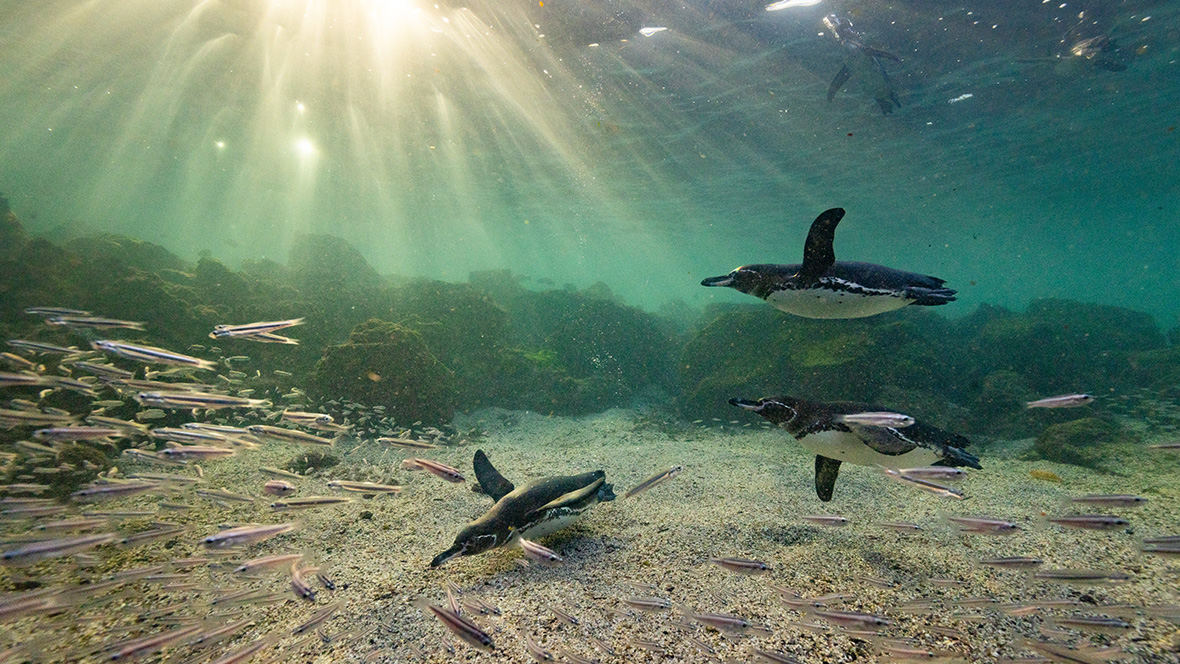
A rockhopper penguin fights back against a sea lion
In the Falklands, the team captured a breathtaking and unplanned moment when a small rockhopper spun around to fight back against a true “goliath”: a giant Southern Sea Lion. Despite it being many times her size, the rockhopper screamed and flapped at the sea lion, shocking it into submission… and retreat!
Excited for more? Stream Secrets of the Penguins on Disney+ and watch all these incredible world-first moments get captured in real time, alongside the experts behind the camera at National Geographic.


